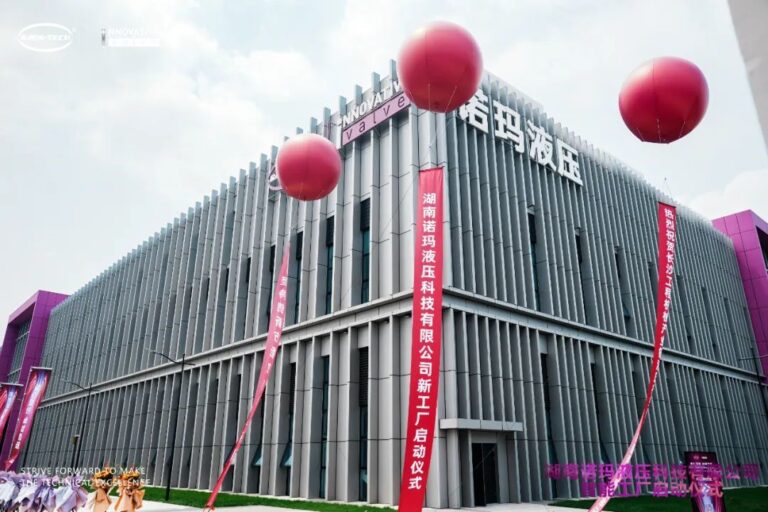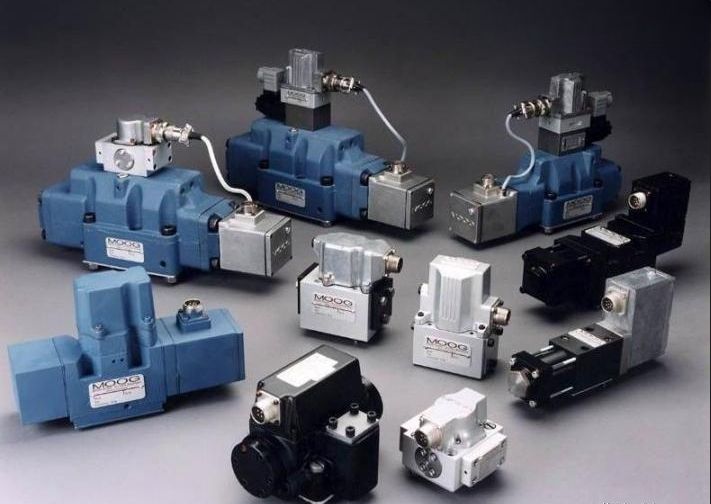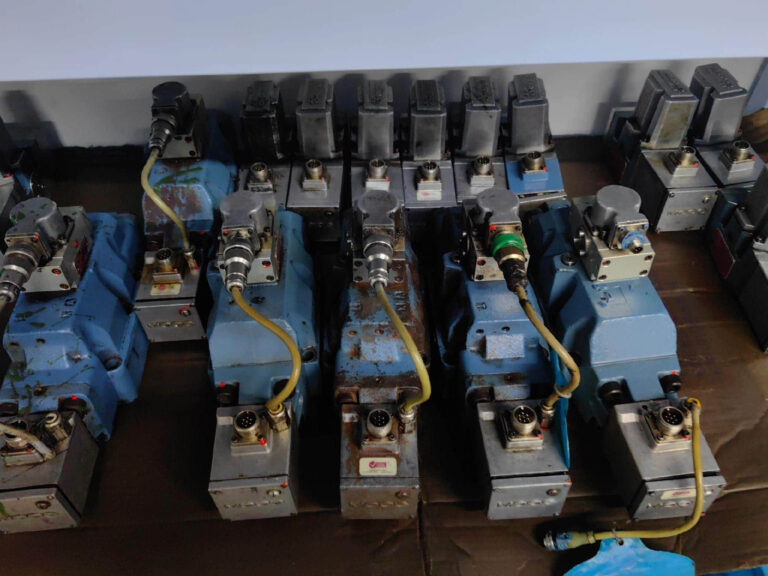As the core control component of modern rolling mill hydraulic systems, the performance of hydraulic servo valves directly affects the control accuracy, response speed, and production efficiency of rolling mills. They are indispensable key components for ensuring stable rolling processes and qualified product quality.
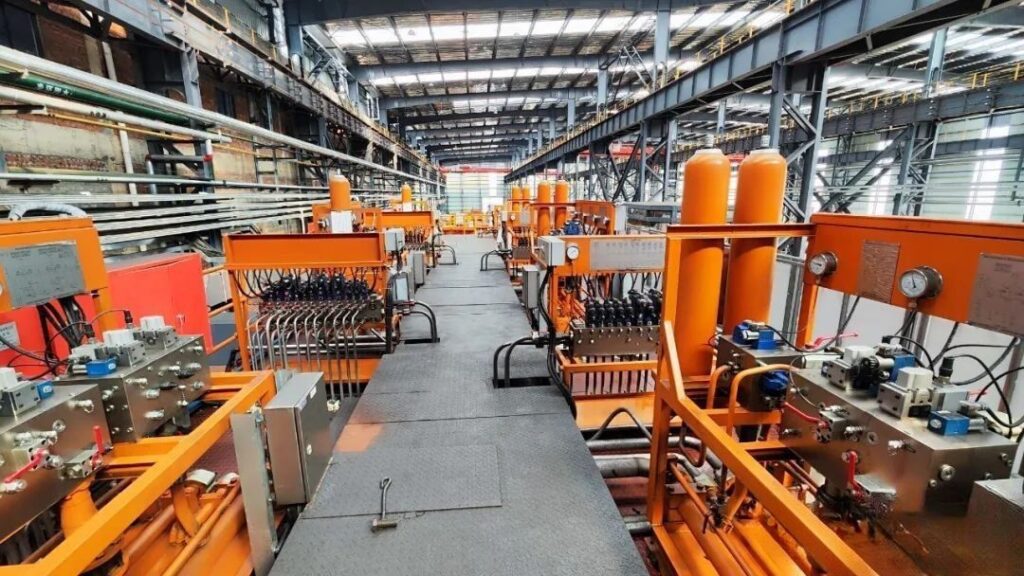
In rolling mill hydraulic systems, servo valves act like “nerve endings“ that precisely regulate fluid power output. By receiving weak electrical signals from the control system, they accurately control the flow rate and pressure entering the hydraulic cylinder, thereby achieving precise adjustment of the rolling mill’s roll gap.
This high-precision adjustment capability directly determines the thickness accuracy, shape quality, and production efficiency of rolled products, serving as the core support for realizing automated rolling mill control.
When the control system sends a command signal, the servo valve converts the electrical signal into a corresponding hydraulic flow output, driving the piston rod of the hydraulic cylinder to perform precise movements and thus realizing real-time adjustment of the roll gap.
At the same time, a position sensor continuously detects the actual displacement of the hydraulic cylinder and feeds the signal back to the control system, forming a closed-loop control circuit to ensure the roll gap control accuracy always meets production requirements.
Cold rolling mills have extremely high requirements for strip thickness accuracy, and hydraulic servo valves play an irreplaceable key role in this scenario.
In the 12-high single-stand cold rolling mill of a stainless steel cold rolling plant under Baosteel Group, the core of the hydraulic Automatic Gauge Control (AGC) system lies in the precise Automatic Position Control (APC) function of servo valves. Equipped with advanced control strategies, the system ultimately achieves an excellent relative thickness accuracy of finished strips better than ±1%, fully meeting the quality standards for high-end stainless steel products.
Medium and heavy plate rolling mills need to meet the requirements of both high response speed and large-area shape control, so a dual servo valve parallel configuration is adopted. This scheme can quickly respond to the high-flow hydraulic demand for shape adjustment during the rolling process, significantly improving the shape accuracy and production efficiency of medium and heavy plates.
The dual servo valve parallel configuration usually consists of one high-flow servo valve and one low-flow servo valve. The system intelligently switches operating modes:
- In the initial stage of rolling mill biting: Activate the low-flow servo valve for high-precision position control.
- For rapid roll gap adjustment: Start both servo valves simultaneously to provide high-flow hydraulic oil for large-area control.
This intelligent flow distribution mechanism achieves dual optimization of efficiency and precision.
During the production process of hot strip mills, the stable control of strip tension directly affects product quality and production safety.
The looper hydraulic drive system relies on hydraulic servo valves to achieve precise tension control, and its dynamic response characteristics directly determine the stability of strip tension. This effectively avoids problems such as strip stretching deformation and deviation.
Challenge: Servo valves have extremely high requirements for hydraulic oil cleanliness. Contaminants in the oil can easily cause valve core jamming and wear, leading to reduced control accuracy or even system shutdown failures.
Solutions:
- Improve filtration accuracy: Install high-precision filters at the front end of servo valves to meet strict oil cleanliness standards.
- Optimize valve core design: Adopt structures with stronger contamination resistance to reduce sensitivity to oil cleanliness.
- Regular oil monitoring: Establish a comprehensive monitoring and maintenance system, inspecting and replacing hydraulic oil regularly.
- Optimize system structure: Use cartridge-type hydraulically controlled check valves for easy replacement and flexible adjustment, reducing maintenance costs.
Challenge: In low-speed rolling stages, friction from traditional seal ring-type servo hydraulic cylinders causes insufficient control accuracy and creep phenomena, affecting product thickness precision.
Solutions:
- Select high-response servo valves to enhance the system’s ability to suppress nonlinear friction.
- Optimize the cylinder seal structure (e.g., adopt low-friction seals) to improve low-speed control stability.
Challenge: Servo valve flow gain is not constant under different opening degrees, leading to inconsistent control performance across operating conditions.
Solutions:
- Adopt a flow linearization control strategy: Use digital methods to compensate for nonlinear characteristics, ensuring consistent performance throughout the operating range.
- Implement a dual servo valve parallel scheme: Switch between large and small flow valves to keep each operating within its optimal linear range, meeting both high-precision and high-flow requirements.
5.Applications and Alternative Products of MOOG Servo Valves in the Steel Rolling Mill Industry
MOOG servo valves have demonstrated successful applications in metal rolling, especially for control scenarios demanding high precision and dynamic response.The table below outlines the key MOOG servo valve models utilized in metal rolling mills, along with their respective application scenarios.
|
MOOG Model |
Alternative Model |
PICTURE |
Main application scenarios in metal rolling mills |
Functions and Features |
|
D791 Series |
RTFF-791 |
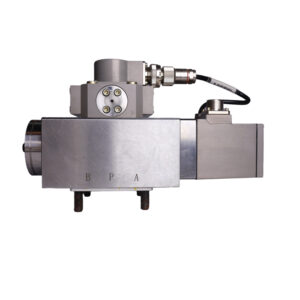 |
Cold rolling mill, hot rolling mill, MPM continuous tube rolling mill |
-AGC control (Automatic Thickness Control)
- AFC control (Automatic Flatness Control)
- Roll Bending Control
- are the core control components of the Hydraulic Cylinder Control System (HCCS). |
|
D661 Series |
RT6615E Series |
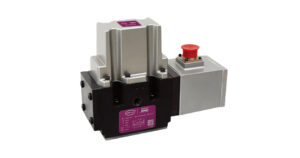 |
AGC control for steel continuous casting machines and rolling mills |
- Employs Servo Jet technology, offering high dynamic response
-and has reliable and mature applications in rolling mill AGC control. |
|
D660 Series |
NA |
NA |
Uncoiling arm position control, step control, and mandrel control for hot-rolled strip coilers and hot coil boxes; CVC, AGC/HGC control for hot-rolled strip finishing mills, etc. |
- Employs a Servo Jet pilot stage for improved dynamic characteristics.
- Features fail-safe functionality, ensuring the device remains in a safe position during unexpected power outages. |
|
G761 Series |
RT7625M Series |
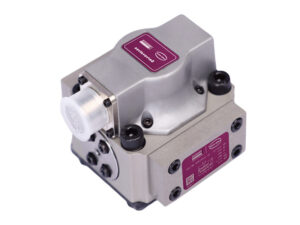 |
Uncoiling arm position control, step control, and mandrel control for hot-rolled strip coilers and hot coil boxes; CVC, AGC/HGC control for hot-rolled strip finishing mills, etc. |
- High pilot-stage flow utilization efficiency helps reduce energy consumption.
- High dynamic response and reliable performance. |






